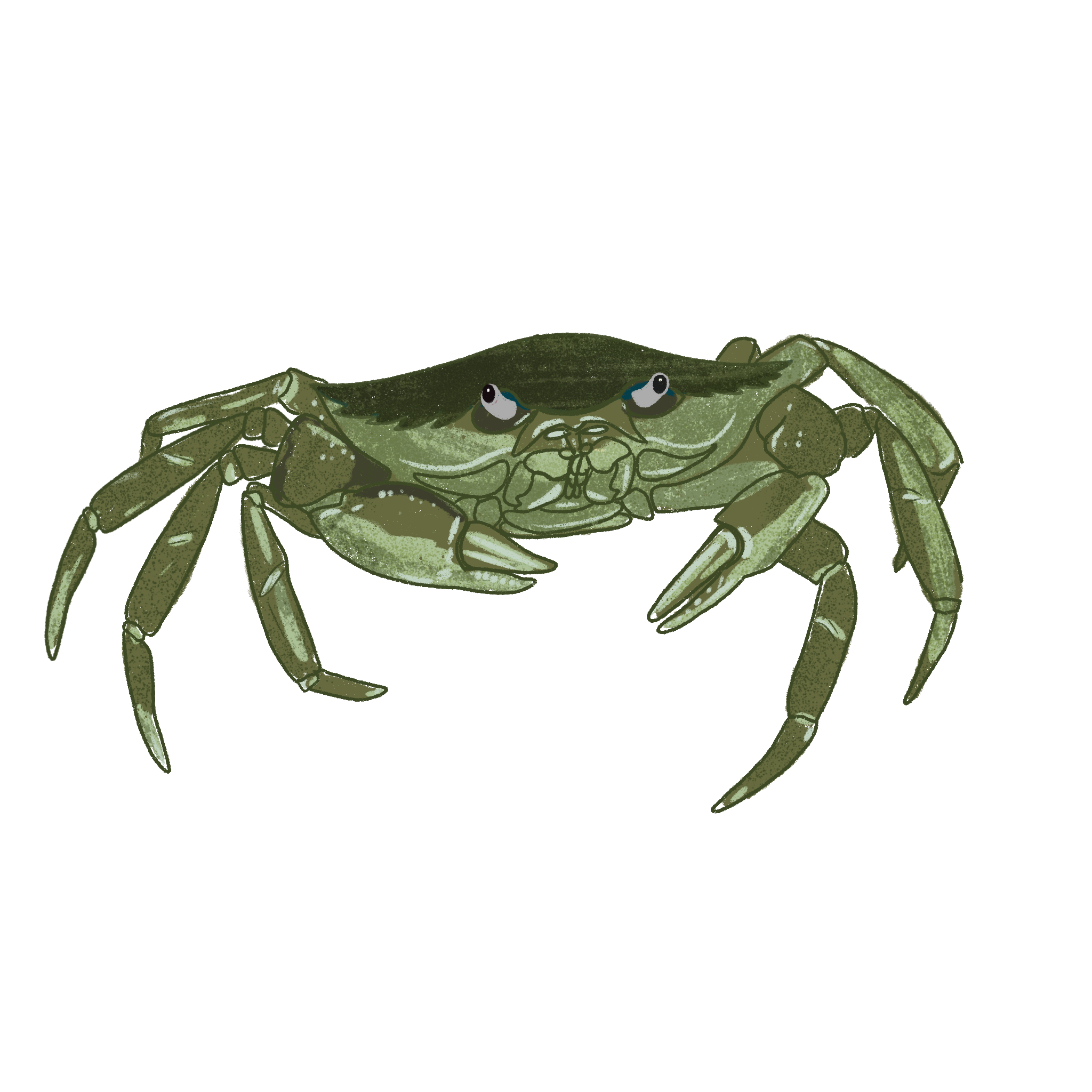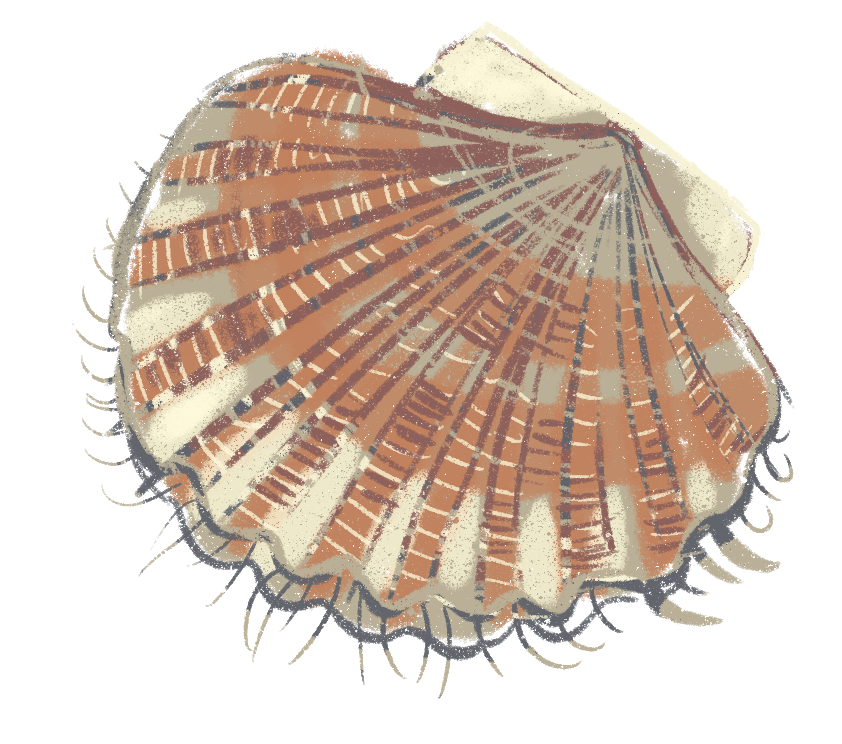Cataloging Aquatic Invertebrate Sound Production Globally
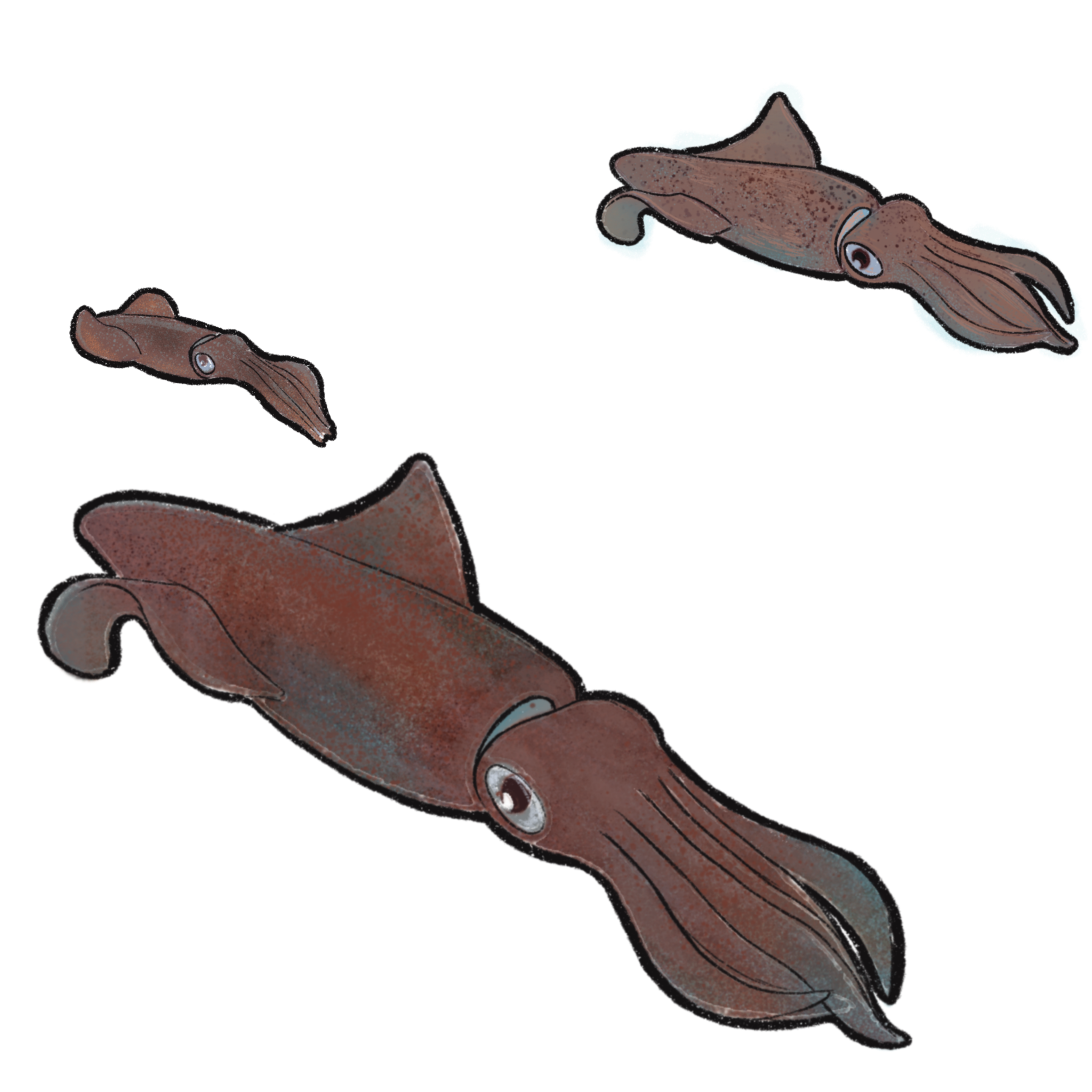

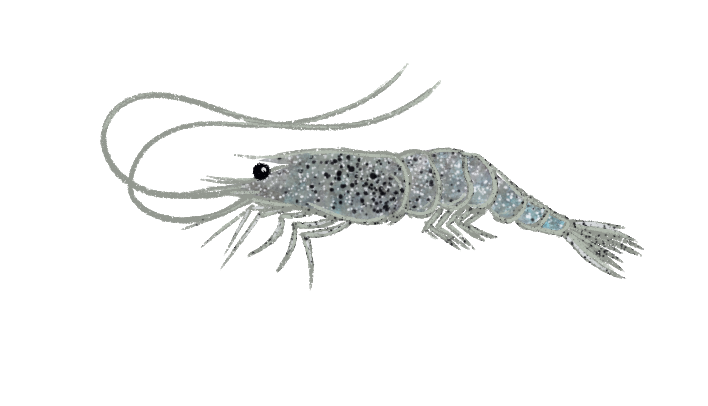
Aquatic invertebrates are vastly diverse and widespread globally, with marine invertebrates representing the largest proportion of biomass in the ocean. Aquatic invertebrates are also contributors to the aquatic soundscape, as they produce sounds both intentionally and unintentionally for a wide variety of contexts. In order to understand the potential for passive acoustic monitoring of these species, as well as the extent to which anthropogenic noise impacts aquatic invertebrates, the number of soniferous aquatic invertebrate species must be cataloged.
We are conducting a systematized literature review reporting the number of aquatic invertebrate species observed to produce sound, and how they do so. Specifically, we are investigating the taxa that produce sounds; the locations, habitat, and conditions of sound recordings (i.e., field, tank, mesocosm); the behavioural context of sound production; the physiological mechanism of sound production; and acoustic features of the sounds (i.e., frequency). Currently, over 90 studies have been included in data extraction, with over 100 different species reported. Stay tuned for the final results!
Marine and freshwater sounds impact invertebrate behaviour and physiology: a meta-analysis
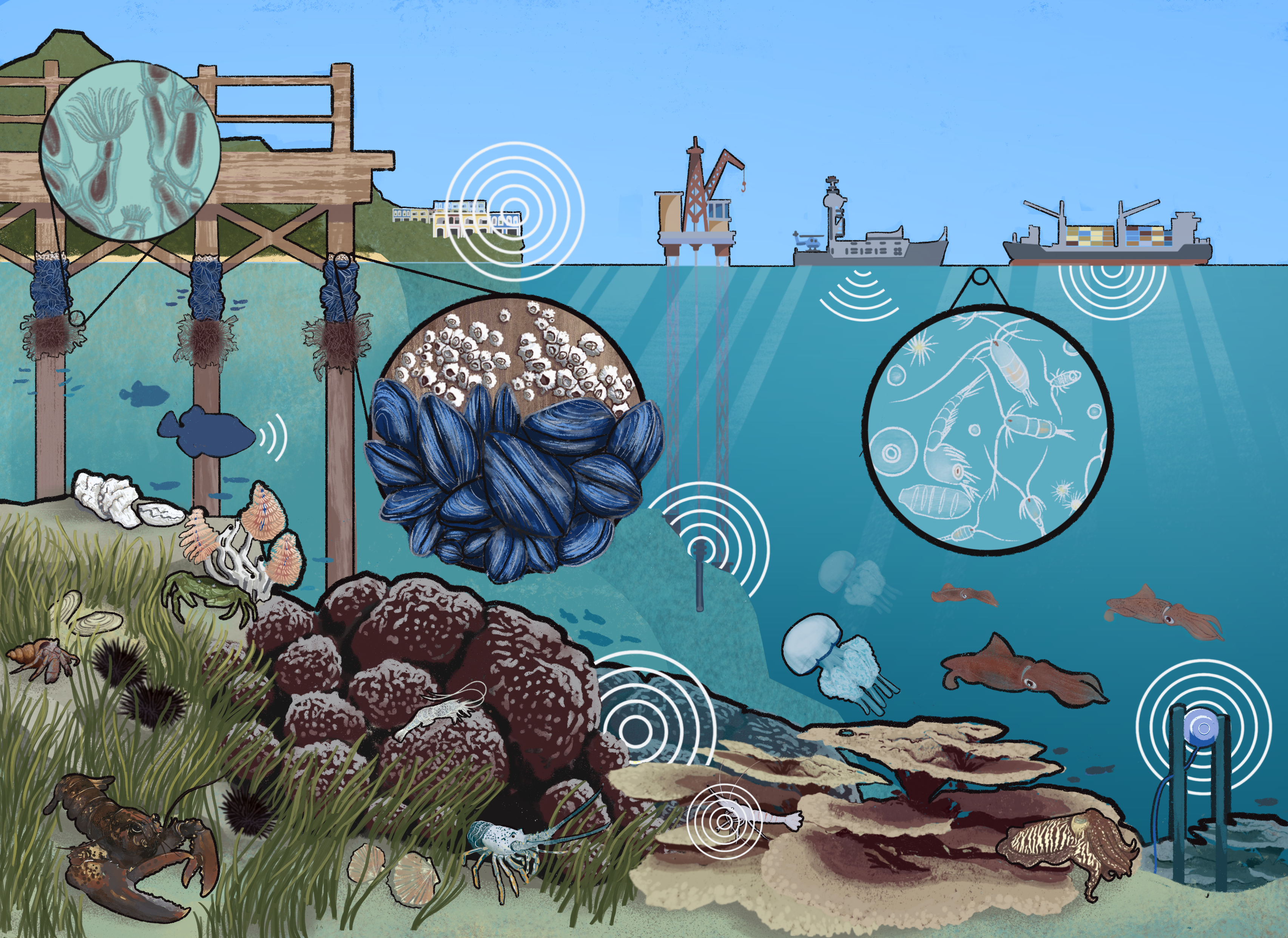
The context
The cacophony of sounds that fill aquatic ecosystems has become polluted by anthropogenic noise. Yet, there is still great uncertainty surrounding how different acoustic stimuli influence aquatic communities. Despite capabilities to detect and produce sounds, aquatic invertebrates are the most understudied taxa within the field of soundscape ecology.
Our approach
We conducted a meta-analysis to resolve how sounds from various sources influence the behaviour and physiology of aquatic invertebrates. We extracted 835 data points from 46 studies globally, which included 50 species and four sound categories: anthropogenic, music, natural, and synthetic. We modelled how each sound category influenced aquatic invertebrates.
Our analyses illustrate that:
- anthropogenic noise and synthetic sounds negatively impact aquatic invertebrate behaviour and physiology, and that natural sounds can positively affect their behaviour
- movement, predation-related responses, and reproduction were the most impacted behaviours, while the most prominent physiological responses were related to biochemistry, development, genetics, and morphology
- these responses varied across taxa
Our quantitative synthesis highlights the necessity of including aquatic invertebrates in acoustic exposure studies, ecosystem assessments, and emerging noise pollution policies.
The forthcoming publication will be linked here when available!
